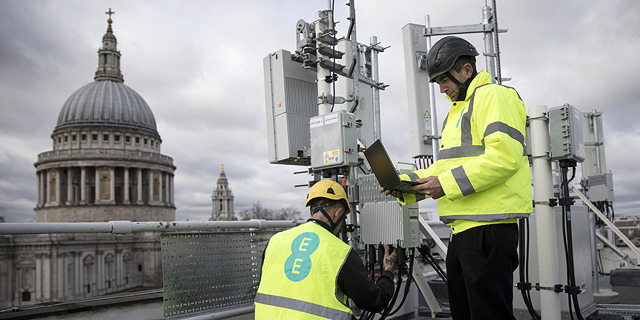
Opinion
Why is automation critical to 5G networks?
The acceleration of 5G networks and the development of new advanced technologies will force telecommunication service providers to find new ways to manage their networks and automation will be key
To keep up with the pace of technology set during this time, an evolution must take place to deliver uninterrupted experiences continuously through automation. Here are some areas where it will be critical to the 5G journey.
Managing increasingly complex 5G networks
While 5G rollout has temporarily slowed over the past few months, the rise in virtual experiences – like remote work and eLearning from anywhere, increased streaming and online gaming -- highlights the need for more dynamic 5G and progressive Wi-Fi adoption worldwide. When service providers can bring their focus back to 5G rollouts, there will be increased consumer demand for services, connectivity and innovative new devices.
Yet the size and complexity of 5G networks are far beyond those of 4G. Add to this IoT devices in areas like healthcare, manufacturing, connected cities and agriculture, and you have a potential mess on your hands. For service providers, automation will be critical for managing the size, complexity and cost-effectiveness of 5G networks, while also creating the agility to keep up with future services. It can also be used to keep 4G networks running properly while focusing full attention on the 5G network rollout.
Allocating network resources on demand
With network automation, service providers will be in a better position to handle the variability of device and end-user demands that stem from 5G, with the ability to not only scale up or down capacity instantly, but also drive more efficiencies overall. For example, ensuring a hospital has the required bandwidth to stay running during an emergency.
As more devices and users battle for connectivity, 5G network slicing – the ability to split a physical network into multiple virtual networks -- will also be a critical part of this discussion. That’s because it ensures each service is allocated the capacity and resources it needs, while essential services are prioritized to meet expected performance. Automation can help manage the complexities that come with this.
With 5G and more growing at a rapid pace, things are becoming too complicated to keep pace in this new landscape without leveraging automation. Service providers must therefore put far-reaching automation strategies in place now before technology’s demands outpace what the business can handle. Otherwise, our future 5G networks will not be able to fulfill their critical mission of creating a better connected world.
Ilan Sade is division president of the open network division at Nasdaq-listed billing company Amdocs Inc.

